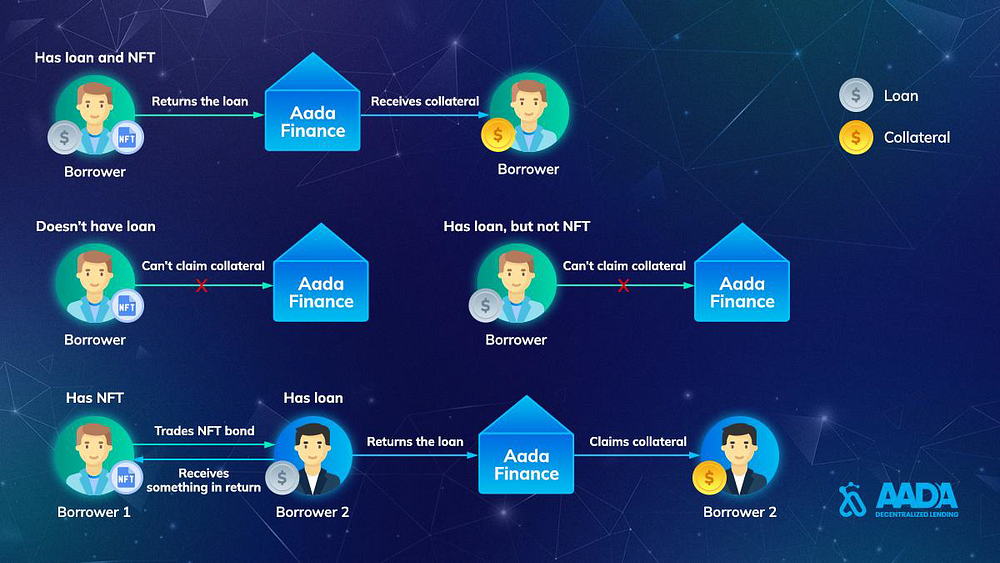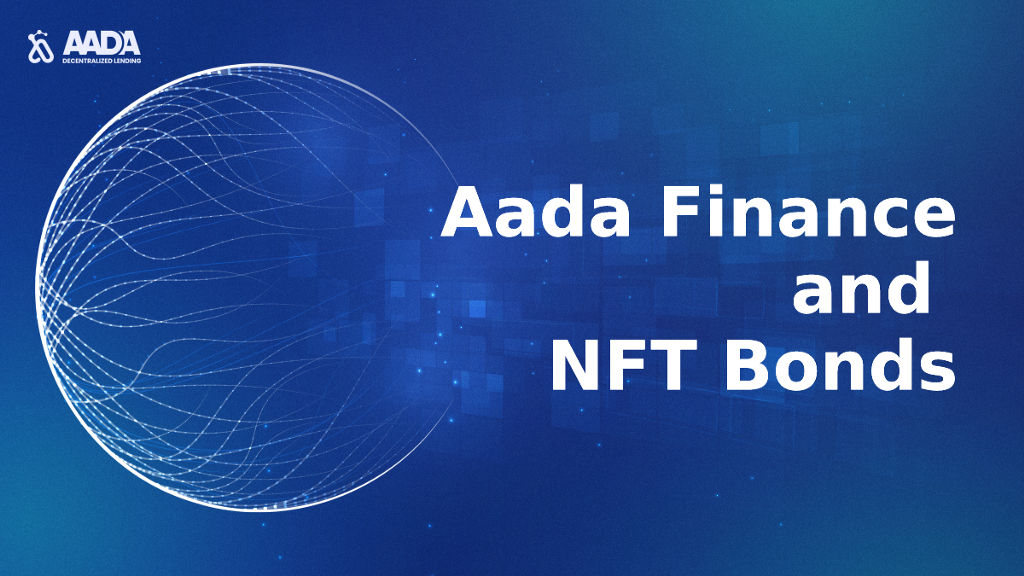Decentralised Finance (DeFi) is shaking up the financial world and how we manage our funds. Gone are the days of relying on opaque, intermediated systems; welcome to a new era of transparency and security with DeFi. And on the Cardano blockchain, the DeFi experience is taken to the next level.
With its strong foundation, Cardano enables users to effortlessly tap into a world of financial opportunities, from lending and borrowing to staking and more. All without the need for intermediaries, giving you more control and peace of mind.
Let’s take a quick look at why Cardano is a great candidate for DeFi and why DeFi beats out its competitor, the old financial system.
Smart Contracts
The use of smart contracts is a significant advantage for DeFi on Cardano. Smart contracts enable users to automate financial transactions without needing a trusted third party.
This is achieved by using self-executing contracts programmed with predetermined rules and conditions. Smart contracts can be used for various purposes, such as issuing debt securities or creating derivatives markets, which could reduce costs associated with traditional banking services.
Additionally, smart contracts can provide an automated means of enforcing agreements between two parties without requiring any manual intervention from either side.

Security & Transparency
When it comes to managing finances online, security is a top priority. With DeFi on Cardano, you can rest assured that your funds are protected. All transactions are recorded on an immutable ledger, meaning that once a transaction has been made, it cannot be altered or tampered with.
This offers a level of security that is unparalleled in traditional finance. Moreover, the DeFi ecosystem on Cardano provides an added layer of transparency, with all transactions being visible and traceable.
This level of transparency and accountability offers peace of mind, knowing that your financial assets are safe and secure on the Cardano network.
Lastly, no centralised authority dictates what you can do with your Ada or other assets. For example, your funds cannot be ‘frozen’ or ‘seized’.
However, with this benefit also comes a downside. For example, there is no customer support if you send a transaction to the wrong address. Nor is there fraud insurance if you somehow get your key stolen.
Cost Savings
Finally, one of the biggest advantages of using DeFi on Cardano is cost savings. Traditional banking services typically come at a high cost due to overhead expenses associated with running them (e.g., employees’ salaries).
By automating most processes through smart contracts and eliminating intermediaries’ fees associated with standard banking procedures (e.g., asset transfers), users can save money while still enjoying all the benefits offered by traditional banking services without compromising security or transparency levels.
All that being said, let’s take a look at one of the leading DeFi platforms currently operational on Cardano.
Aada Finance
Aada Finance is a non-custodial, interoperable, decentralised lending protocol on the Cardano blockchain. The platform allows users to lend their assets and earn interest or to borrow crypto assets and use them as financial tools.

One unique aspect of Aada is its use of NFT (Non-Fungible Token) bonds to attribute loans instead of linking them to wallet addresses. This allows for the creation of transferable, tradeable, and redeemable NFT bonds that can be used to claim loans and interest by holders of Lender NFT bonds, or to redeem collateral by holders of Borrower NFT bonds.
Lending and borrowing on Aada works in a peer-to-peer manner, starting with a borrower who creates a loan request. This locks the borrower’s collateral in a smart contract, which can either be cancelled and redeemed by the borrower or supplied with a loan by a lender. If the latter occurs, the lender sends the loan amount to the borrower’s wallet while the borrower’s collateral is transferred to the smart contract.
The use of NFT bonds also enhances the safety of the protocol. Repaying a loan requires either burning the borrower NFT created at the time of the loan request or repaying the loan and interest. This eliminates the possibility of unlocking the deposited assets as the NFT serves as proof of loan.

Aada also addresses two types of liquidation scenarios to protect the lender from incurring dramatic losses. First, in the event of loan expiration, the lender is eligible to claim the whole collateral locked in the smart contract. If the collateral value drops significantly, the lender becomes eligible to claim the borrower’s collateral entirely or partially through the use of Liquidation Oracles, which are incentivised to operate fairly and continuously over time.
While NFT bonds may not guarantee superiority, they introduce a breakthrough approach to blockchain technology and DeFi. Furthermore, the method aligns perfectly with Cardano’s eUTxO fundamentals and can easily be implemented within the Hydra scaling solution or continuous smart contract versioning.
DeFi is revolutionising the way we handle our finances, and Cardano is at the forefront of this transformation. With its advanced smart contract technology and unwavering commitment to security and transparency, DeFi on Cardano provides users with an efficient and cost-effective alternative to traditional financial intermediaries.
Whether you’re seeking to lend, borrow, or simply manage your finances online with greater peace of mind, DeFi on Cardano offers numerous benefits over conventional methods.
Want to learn more about Aada, well I interviewed Lucas on the Cardano Explored podcast, one of the team members behind the project.










